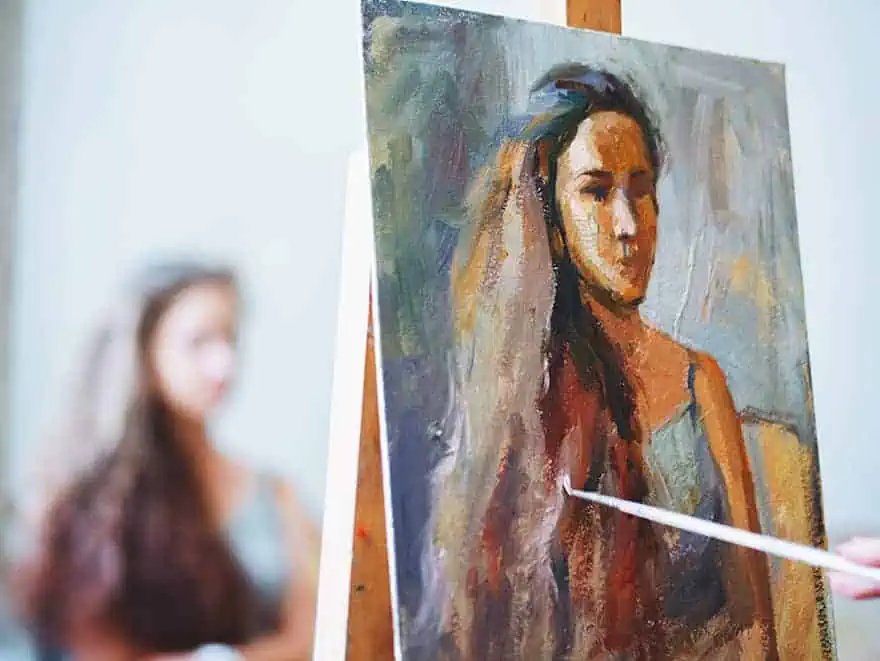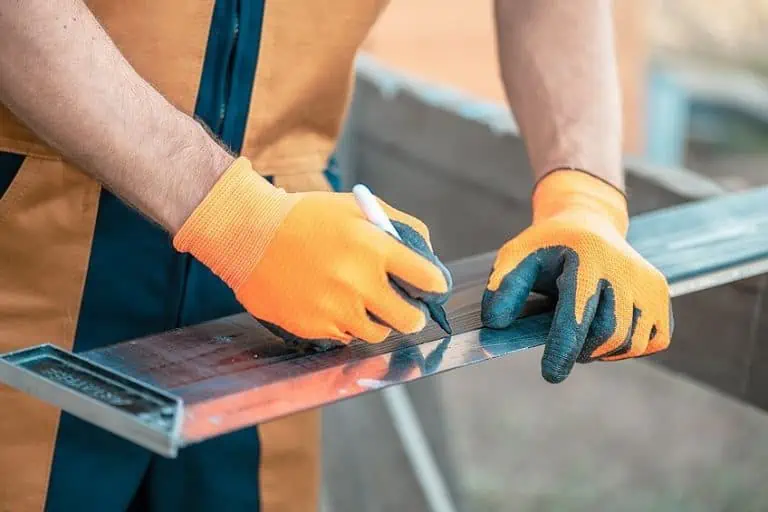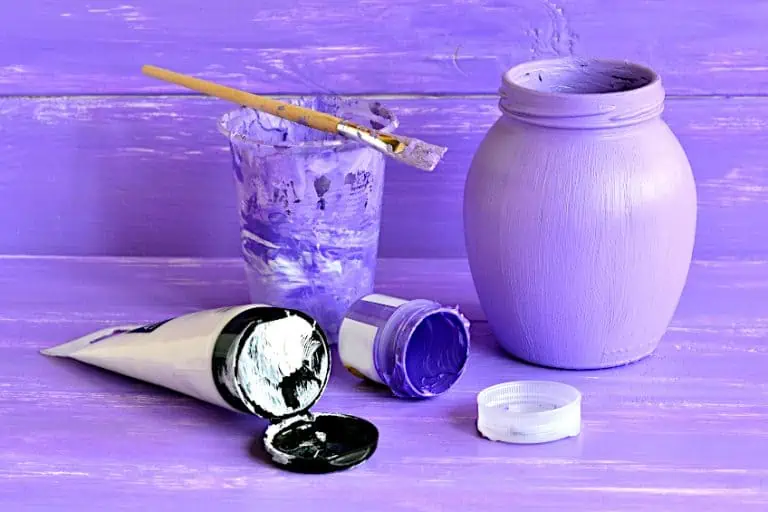Oil Painting Techniques – Discover the different Oil Painting Styles
This post may contain affiliate links. We may earn a small commission from purchases made through them, at no additional cost to you.
Did you know that the first known oil paintings were actually created in the 7th century by Buddhist artists based in Afghanistan? The oil paint trend was then brought back to life in the later Renaissance period by European painters in the 15th century. Oil painting and oil painting styles are still widely used today. Whether you are looking for basic oil painting techniques or advice on oil paint mediums, this article will be helpful in exploring your options.
Table of Contents
Different Oil Paint Mediums
In the painting world, oil paint is a category all on its own. It comes in a few different medium types and each one provides different oil textures in order to achieve different results. Below we will explore the common variations of oil paints available and what makes them special. You can find a complete list with the necessary oil painting supplies in our separate guide.
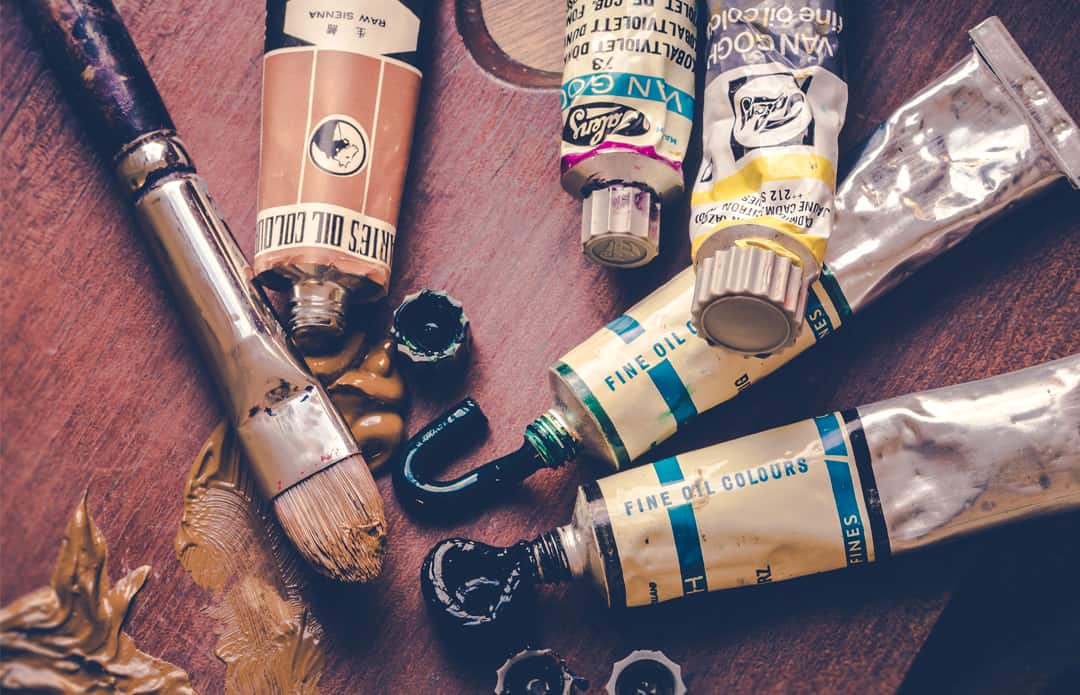
Traditional Oil Paints
These oil paints are made with finely ground pigment particles that are then suspended in drying oils. These drying oils can include poppy seed oil, linseed oil, safflower oil and walnut oil. The nice thing about using traditional oil paints is being able to better control your drying times, transparency, sheen, and consistency simply by adding other mediums or using drying oils and solvents. Oil paints produce bright colorful pieces and are well known for their blending and layering properties.
PROS
- Blend very well
- Bright colors
- Can be thinned to create different oil paint textures
- Glossy effect
- Great for textures and layering
- Can be mixed with other paint mediums
CONS
- Some are toxic
- Can be pricey
- Thicker medium, not for everyone
Water-Mixable Oil Paints
Although not water-based, these paints are water-mixable. They offer the same look and smell as traditional oils with the added advantage of being safer and not requiring the use of solvents or oils. These mixable oils are a different texture to regular oil paints, being thinner but there are certainly advantages to using them. Water-mixable oil paints are safer and easier to clean up with just soap and water.
PROS
- Safer to use
- Easier to clean up
- Added workability time to make changes
- Cheaper
CONS
- Do not achieve the same glossy outcome
- Will need varnish
- Maybe runny consistency
Alkyd Oil Paints
This paint is a synthetic medium, it is made using resin and then treated with alcohol. Alkyds are used with different painting mediums to provide a quicker drying time, allowing most oil paintings that have been mixed with it to be touch-ready within 24 hours. Alkyds can also be used in combination with normal oil paints or on their own with the medium Liquin. Although these alkyd oil paints seem to provide a few great benefits, they are not completely safe to work with, containing chemicals with the same effect as turpentine.
PROS
- Quick-drying time
- Can be mixed with most mediums
CONS
- Chemical-based, toxic
- Risks are airborne fumes and absorption through the skin – protective gear to be worn.
- Price
- Messy
Oil Bars or Sticks
You may be asking if these are the same as oil pastels, well, the main difference between them is oil pastels are made using non-drying mineral oil, which means they never completely dry. Whereas oil sticks are the same composition as oil paint but in a stick or bar form. These are generally made with linseed or safflower oil before they finally dry and cure just like oil paint does. The sticks then develop their ‘skin’ and become firm.
PROS
- Easy to use
- Versatile medium
- Vibrant colors
- Same effects as oil painting
CONS
- Similar drying time to oil paint
- Will melt in the heat
- Will need varnishing
Now that we better understand the oil paint mediums available, lets investigate the more popular oil painting techniques for beginners.
Oil Painting Techniques for Beginners
Some of the most famous oil painters in the world include Leonardo da Vinci, Pablo Picasso, Vincent van Gogh and Michelangelo. These artists are icons because of their phenomenal masterpieces and different oil painting styles that have lived on through the ages. When it comes to oil painting, there are many styles, and one can be easily overwhelmed when starting out. To make things a little easier, we will detail some basic oil painting techniques, so you have a starting point and feel more comfortable exploring this medium to its full potential.
Underpainting
This is a simple technique that refers to painting your design in a base coat or the first layer of paint applied in one color only. This oil painting style is useful because this initial layer acts as a foundation for your whole painting and will be helpful in building it up with colors and texture later. Underpainting is a great way to add in contrast and tonal values right from the start. While this technique may seem like a simple one, the truth is, it can determine the outcome and quality of your entire painting. There are three main underpainting techniques that are most used today. These are: blue tones, which are helpful in creating and incorporating colder aspects within your work or for adding striking contrast against other colors. Then there is yellow underpainting, used for nature or landscape scenes, something that builds on a warmer theme. The last would be your purples which are often used for warmer layers added later in the painting process or it is also used for creating shadows and depth.

Alla Prima
Alla prima, or wet painting refers to a style where your paint is applied without letting any of the layers dry in between. This is a favorite amongst oil artists because this technique allows one to finish their painting in one session without the hassle of waiting for layers to dry separately. Hence, many of the impressionist masters practiced this style as it better allowed them to capture the light elements as quickly as possible without taking weeks or months to complete their masterpiece. Before the advantages of alla prima were known, artists would spend agonizing periods of time using a different type of layering approach. Known as hard layering, this technique had the same idea however one would wait for each layer in between to dry before starting the next one. Some oil artists would add a total of up to over 40 different layers of paint before they were done! Thankfully the alla prima technique was started by Flemish painter Frans Hals and it has since revolutionized the oil painting world.

Scumbling
This style of painting is a dry brush technique, where very little paint is used at a time. This technique results in a very textured effect of your work, which is great for creating any sort of depth or even a certain softness in your paintings. This painting style allows great use of blending and assists in achieving a smooth transition of tones. Scumbling is used for painting softer scenes that include mist, fog or rain as examples. It is also helpful in lightening up certain areas or for creating a fuzzy appearance such as the hair on a peach.
What makes scumbling so unique, is that it provides you with an almost patchy application of your paint leaving exposed areas of your underpaint to show though. Although it is popular in oil art, scumbling is also used in watercolor and acrylic painting.
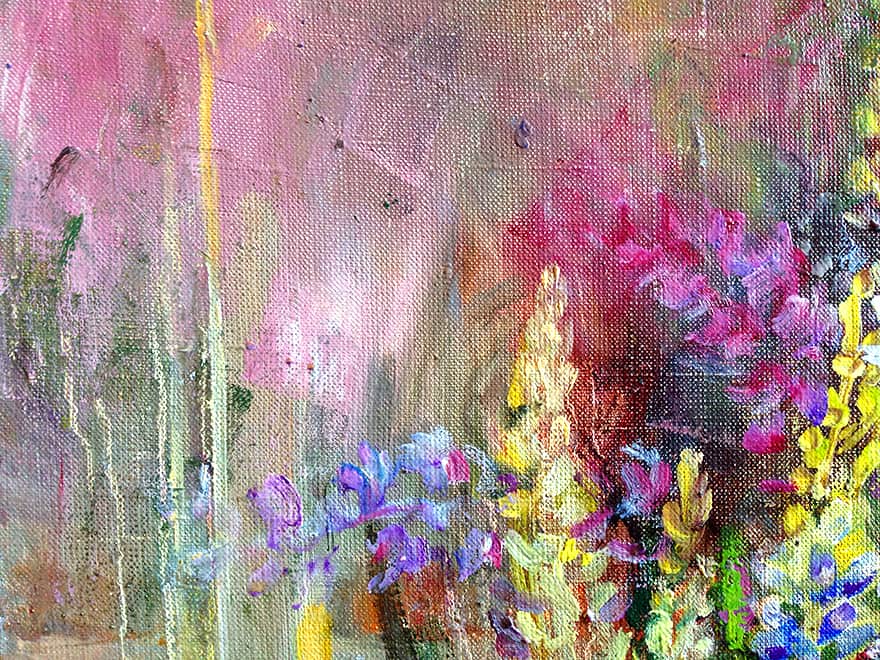
Glazing
This is the practice of using individual color pigments applied in layers on top of each other. This leads to each layer sitting separately from the previous glossy filmed one. This process is done by allowing each coat to dry fully before starting with the next one. A glaze is a thin, semi-clear or sometimes opaque layer of oil paint. Keep in mind, the colours you choose for each layer will affect the ones you have already used. Glazing is not necessary for each layer of your painting unless you would like to achieve that altered color effect. It can also be left until in the end stages of your painting to add contrast.
Glazes are very useful in adding soft changes in temperature, color, value, chroma and hue. The idea is to complement each layer as opposed to just painting over or covering them. Another benefit to this style is its gloss factor. You will find that when the light hits your oil painting and projects off those shiny layers, your painting will appear to emit a soft glow effect. This will be better achieved by using multiple layers of glaze from start to finish.

Chiaroscuro
There is evidence this technique originated in Egypt and Ancient Greece, although it became more widely known in the Renaissance period by Da Vinci. Using this style, artists can create bold contrasts between light and dark tones in order to create a more realistic and dramatic effect. This technique is helpful in creating an illusion of light from a specific source as well as achieving a sense of volume in your artwork. This style can be used to direct light on to figures and objects in your painting or for spotlighting a specific element. You will find chiaroscuro to be evident in artworks with a dominant theme of the contrasts of darkness and light. Prominent artists known for using and perfecting this style, were Ugo da Carpi, Michelangelo, Rembrandt and Giovanni Baglione.
A helpful tip when performing the chiaroscuro technique is to ensure that you have one light source you are using when doing your painting. To achieve the best results, it is helpful to make your room dark too by drawing your curtains. This will allow you to create a more dramatic light to dark contrast such as darker shadows for a more profound outcome.
Impasto
Vincent van Gogh is famous for his impasto techniques. His use of brushstrokes was quick and bold and led to being the signature of his work today. Impasto can be one of two things; it can refer to applying your paint in a thicker more defined manner with the brushstrokes and textures standing out. It can also be used in more delicate brushwork creating subtler textures and highlighting finer details. Impasto technique is useful for adding different elements to your work, you can use it for increasing texture, enhancing realistic elements, and creating shadows and depth just to name a few.
When using impasto, generally your paint needs to be thick enough that there is visible evidence of your brush or painting-knife patterns on the surface area. You can even mix your oil paints directly on the canvas to add to your oil paint textures. Using the thicker method will provide more realistic results because of the texture created. Benefits of using this medium include being able to draw the eye to focal points within your work, achieving three-dimensional results and highlighting fine details through the use of shadows.

Grisaille
Grisaille is the style used for neutral paintings done in different shades of gray. Other forms of this technique would be brunaille, which are paintings done in brown shades and verdaille which are done in greens. This form of painting can be used as a foundation stage for any painting, where the grisaille forms your underpainting, and a glaze can then be applied. Although it is not a commonly used oil technique today, it was used more during Renaissance period to imitate sculpture in a stand-alone painting technique.
In France, grisaille has also come to mean an oil painting technique in which opaque layers are applied over a single colored underpainting, similar to what we know as the glazing oil paint technique.
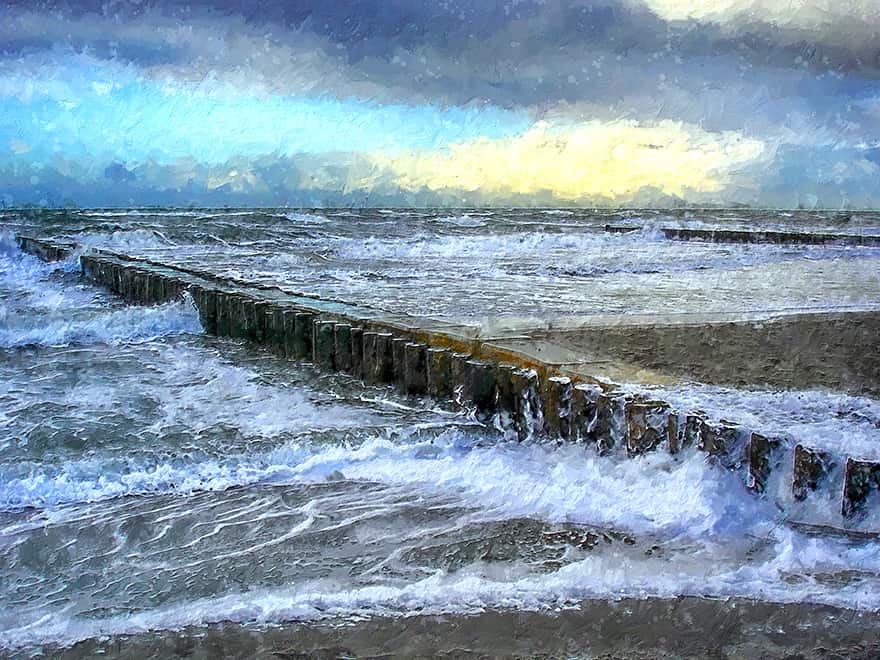
Sfumato
This style is just one that is known to have been developed by the great Leonardo Da Vinci. It is a distinctive technique used for very soft, shading, or gradual transitions from light to dark. A soft hand and brush are the keys to the sfumato technique. The technique allows your tones and colors to shade gradually into one another, producing more softened and natural outlines as opposed to definite lines. Sfumato allows you to add hazy or smoky scenes and effects to your artwork. These paintings are incredibly layered which is important in achieving the gentle effect. Oil artists mainly use earth tones for sfumato style paintings as they blend well and can easily assist in creating the depth you are looking for. Such as in Leonardo’s Mona Lisa. To achieve the best results when using Sfumato oil technique remember to use a clean, soft paintbrush for each new layer of paint. This will ensure smooth and soft results.
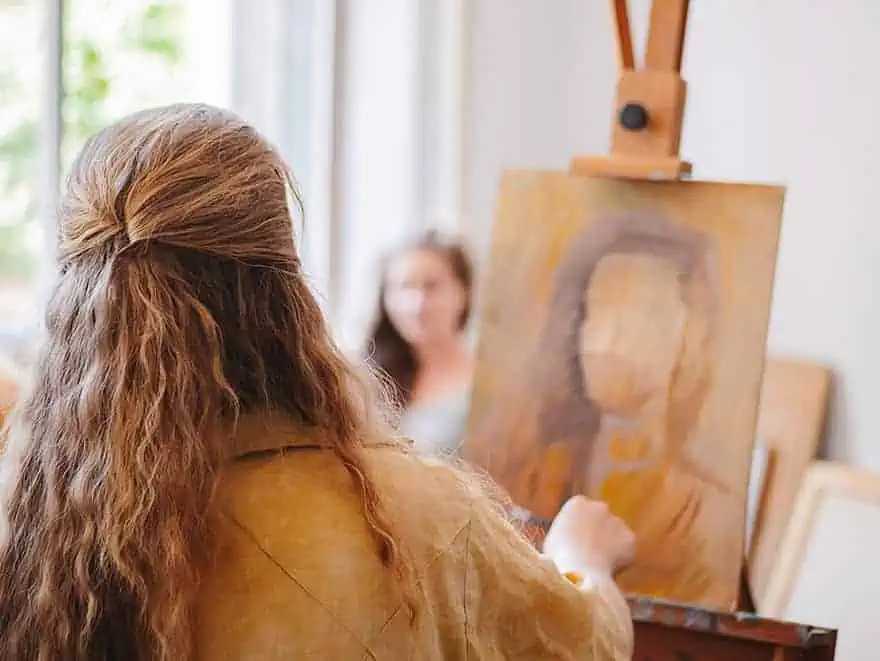
Remember, ideally your oil painting should be coated with a protective varnish to ensure long-lasting art. In order to complete this step, your painting must be fully dry. This takes six months to a year to dry thoroughly enough to safely apply your topcoat. In the meantime, have fun and be sure to keep your oil paintings in a dust-free zone.
Frequently Asked Questions
What are the different Oil Painting Techniques?
Being such a versatile medium, oil paint can be used with a variety of different techniques such as underpainting, blending, sfumato and impasto. Oil paint is a naturally thick medium but because it can be combined with other paints or solvents to thin it out, the options for your oil painting techniques are endless.
Who are the Most Popular Oil Paint Artists?
The most popular oil artists include Leonardo Da Vinci, Rembrandt, Michelangelo, Picasso and Salvador Dali. Each one was famous for their different use of techniques and styles.
How do I get started with Oil Paints?
First, pick your medium, then pick your surface area. Remember, oil works best-using layers and takes a long time to try. The most important oil painting technique for beginners is patience.
In 2005, Charlene completed her wellness degrees in therapeutic aromatherapy and reflexology at the International School of Reflexology and Meridian Therapy. She worked for a company offering corporate wellness programs for several years before opening her own therapy practice. In 2015, she was asked by a digital marketer friend to join her company as a content creator, and it was here that she discovered her enthusiasm for writing. Since entering the world of content creation, she has gained a lot of experience over the years writing about various topics such as beauty, health, wellness, travel, crafting, and much more. Due to various circumstances, she had to give up her therapy practice and now works as a freelance writer. Since she is a very creative person and as a balance to writing likes to be active in various areas of art and crafts, the activity at acrylgiessen.com is perfect for her to contribute their knowledge and experience in various creative topics.
Learn more about Charlene Lewis and about us.
